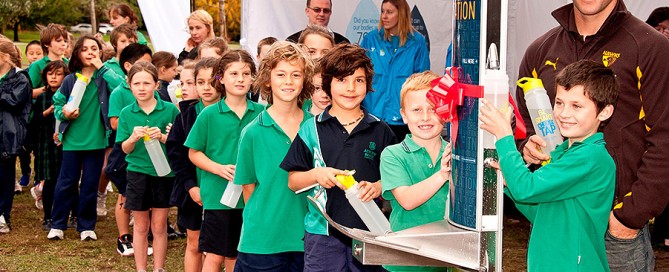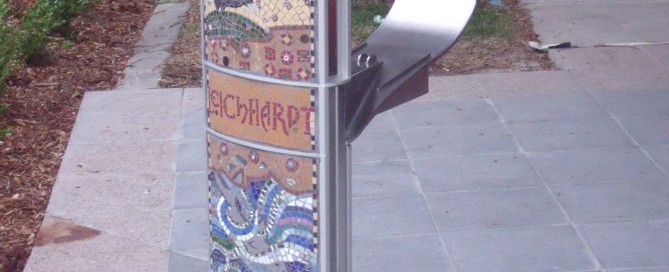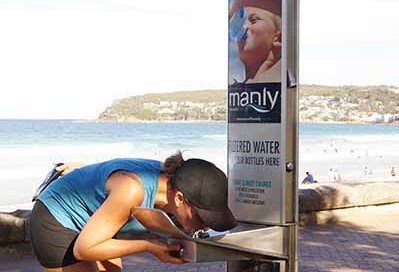June 12, 2013
Choice – The Peoples Watchdog
by Elise Dalley
Australian consumers pay almost 2000 times more than the cost of tap water to drink from a bottle.
While a litre of tap water in Sydney costs only a fraction of a cent, you can pay upwards of $3.88 a litre for bottled water, with a large proportion of this cost coming from producing the plastic bottle, lid and label. And the costs over time can add up considerably.
If you hydrate yourself with two litres a day straight from the tap, you’ll pay about $1.50 a year. Drink the same amount from single-serve bottles, however, and you could be looking at $2800 or more a year.
Yet all Australians have access to safe drinking water, and for most of us it’s readily available via the tap. Water trends from the Australian Bureau of Statistics’ 2006 environment survey show 93% of Australian households were connected to mains/town water in March 2004. Almost all households (98%) in capital cities were connected, compared with 86% of households outside the capitals.
Tap vs bottle
Industry group the Australasian Bottled Water Institute (ABWI) estimates the industry is worth about $500 million a year. This equates to the sale of roughly 600 megalitres of water, 60% of which is sold in single-serve bottles. On a national level, about one in five households bought bottled water in 2004, compared with 16% in 2001. In fact, almost one in 10 households says it’s their main source of drinking water.
In the 10 years to 2004, the proportion of households buying bottled water increased from three per cent to 21%. Market researchers Canadean say world consumption of bottled water has doubled in the past decade, and predict bottled water will overtake carbonated drinks as the leading drink category by 2015.
On tap
Mains tap water in Australian cities is supplied by utilities, while in rural and regional areas it’s the responsibility of local council. Individual state health departments are responsible for regulating water quality monitoring. The water from your tap starts its journey from catchment zones, dams, rivers and even the ocean before flowing through filtration plants designed to remove contaminants and bring water in line with the Australian Drinking Water Guidelines. Set by the National Health and Medical Research Council, these guidelines define safe, good-quality water and how it is achieved and assured.
The poor taste of their mains water can lead some people to choose bottled water but, aside from the cost, there are also health and environmental arguments for tap water.
If the quality of tap water is a problem where you live – see State-by-state water quality – there are a number of water filters on the market that can help you save money in the long term. These are available with different filter cartridges that help remove impurities, which may help with taste.
Read full story





